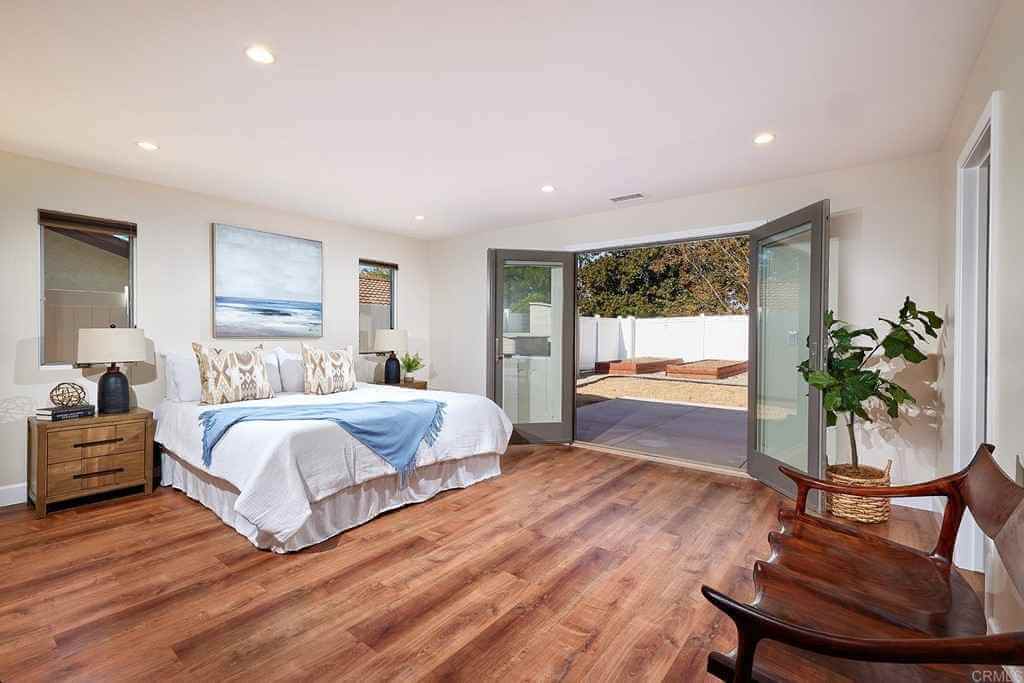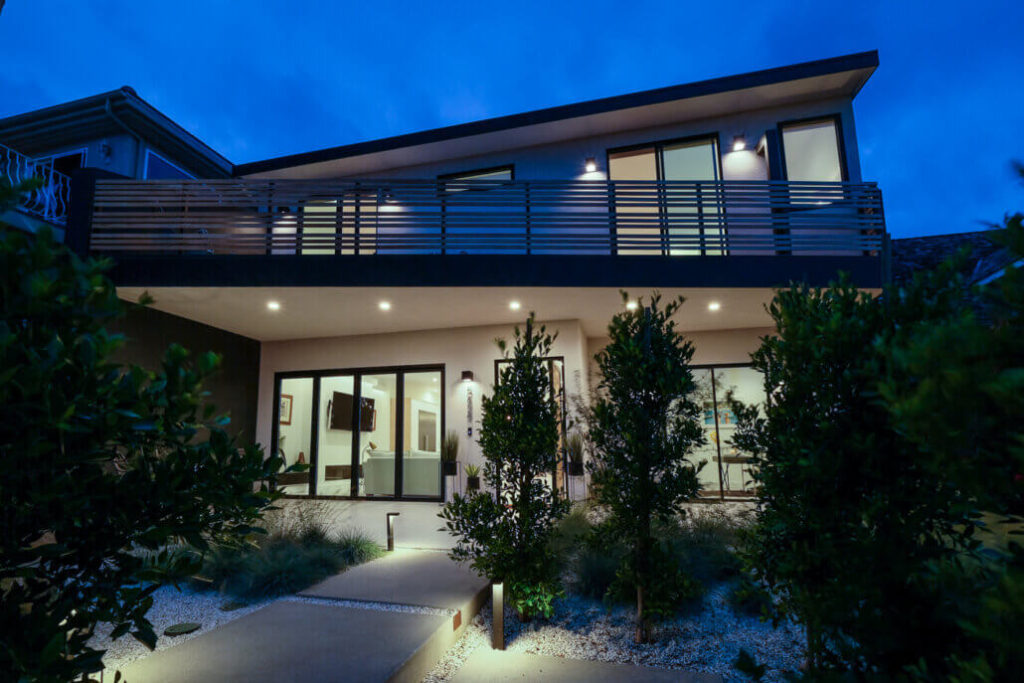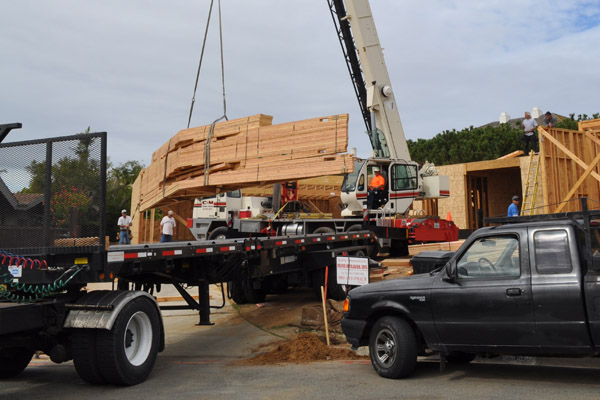
Embarking on a home renovation is a journey filled with excitement, design choices, and a fair amount of planning. Whether you’re looking to update a single room or completely transform your entire home, a successful project hinges on a well-thought-out plan. Without a clear roadmap, you can easily get sidetracked, exceed your budget, or face unexpected delays.
As a leading San Diego General Contractor, Price Builders has guided homeowners through the renovation process for over three decades. We’ve distilled our expertise into this comprehensive checklist, designed to help you navigate every stage of your project with confidence and clarity. Use this guide to stay organized, make informed decisions, and ensure your home renovation journey is as smooth as possible.
Phase 1: The Planning Stage
This is where your vision takes shape. Don’t rush this phase; the more detailed your plan, the better your results.
Define Your Goals & Scope
- List Your “Why”: Why are you renovating? Is it for more space, a modern aesthetic, or better functionality?
- Make a Wishlist: Create a list of everything you want, from major changes (e.g., adding a bedroom) to smaller details (e.g., specific lighting fixtures).
- Categorize: Separate your list into “Must-Haves” and “Nice-to-Haves.” This will be crucial for managing your budget later.
Set a Realistic Budget
- Establish Your Max Budget: Determine the absolute maximum amount you are willing to spend. Are there financing options that would be helpful to you? Tools like a Home Equity Line of Credit (HELOC), Cash-out Refinance, or an unsecured home remodeling loan could help you invest in your home at the scale you want.
- Fomulate an Idea for Cost: Research average costs for your desired projects in the San Diego market. Talk to friends who have done similar projects and ask them how much they spent and where they wish they would have spent more money or less money.
- Allocate a Contingency Fund: Set aside 10-15% of your total budget for unexpected issues like outdated plumbing, termite damage, or structural surprises that can arise during demolition.
Phase 2: The Hiring Stage
Finding the right professionals is acritical step. Your General Contractor is your partner throughout the entire process.
Research and Vet Professionals
- Ask for Recommendations: Get referrals from friends, family, and neighbors in San Diego who have recently renovated.
- Search for Licensed Contractors: Use the Contractors State License Board (CSLB) website to verify that any contractor you consider is licensed, bonded, and insured.
- Check Online Reviews & Portfolios: Look at reviews on Google and Facebook. Examine their project portfolio to see if their style and quality align with your vision. Be wary of “reviews” websites that are pay-to-play for businesses.
Schedule Consultations
Get Multiple Bids: For large projects, contact more than one General Contractor for a consultation and a detailed bid. Be aware that professional General Contractors take bidding for a job seriously and will often ask for details from you in order to prepare an accurate bid. If you don’t have all your design decisions made, you can ask the General Contractor to include an allowance for that item (e.g., kitchen cabinets), to exclude that part of the job, or to estimate with a placeholder that generally matches the level of finish you desire
Ask the Right Questions: Prepare a list of questions, including:
- Are you licensed and insured?
- Do you have experience with similar projects in San Diego?
- What kind of projects do you most like to do? (You will usually have the best results if you are in the “sweet spot” for a contractor. Be wary of contractors who are willing to take on all kinds of work and aren’t willing to say no to a job that doesn’t fit their expertise.)
- Do you pull permits for projects?
- Are you a design-build contractor? (This means that the contractor can provide full architectural drawings, structural engineering, Title 24 engineering, and all the other components necessary to submit the permit application for your project. Some contractors have in-house architect, drafting, or engineering services, and some have partners they work with.)
- How do you handle changes to the scope of work?
- Can you provide a list of recent references?
- How do you communicate project progress?
- What kind of payment schedule do you use?
- What items/trades do you typically exclude from bids? (Painting, flooring, plumbing fixtures, and appliances are common items to exclude). Can you include them if I want them included?
- What work do you self-perform? (General contractors typically work with subcontractors for the majority of trades, but they often self-perform some aspects of the work.)
Review Bids & Contracts
- Compare Details, Not Just Price: A detailed bid shows a contractor’s professionalism and how seriously they take your project. It takes time and effort for a contractor to prepare a full bid. Look for clear breakdowns of materials, scope, and exclusions. A warranty should also be specified.
- Review the Contract Carefully: Ensure the contract includes a clear scope of work, a payment schedule, project timeline, and a change order process. Don’t sign until you understand every detail – ask the contractor to clarify anything you have questions about. Review the tips for hiring a contractor from the CSLB website and make sure you’re comfortable trusting the contractor you select.
Phase 3: The Design & Permitting Stage
Once you have a contractor, you’ll finalize the plans and get the necessary permissions to begin.
Finalize the Design and Obtain Necessary Permits
- Work with Your Contractor: Your General Contractor can help you refine your ideas and create detailed plans and drawings. For major structural changes, they will engage an architect or structural engineer.
- Understand Local Regulations: In San Diego County, most structural, electrical, and plumbing work requires a permit. Your general contractor should be an expert at navigating this process for you.
- File the Paperwork: Your contractor will typically handle submitting all plans to the City of San Diego or your specific municipality to obtain the required permits. Often you will need to pay permit fees directly to the city/county.
Phase 4: The Construction Stage
The most exciting and active phase, where your vision becomes a reality.
Start the Work
- Initial Demolition: The old space is cleared out, making way for the new.
- Structural Work: New framing, walls, and any major structural changes are completed.
- Rough-Ins: All new electrical wiring, plumbing lines, and HVAC components are installed behind the walls.
- Inspections: The city/county inspector will visit the site at various stages to ensure the work meets all codes.
- Insulation & Drywall: The space is insulated and prepared for finishing with drywall.
The Finishing Touches
Select All Materials: Choose every fixture, finish, and material before that phase of construction begins. This prevents delays caused by waiting for supplies and helps you stick to your budget. Some items will need to be selected earlier in the design process because they influence the work that must be completed before they are installed (e.g., appliances, plumbing fixtures). You’ll need to make selections for things like:
- Flooring
- Paint Colors
- Cabinets & Hardware
- Countertops
- Tile
- Plumbing Fixtures (faucets, sinks, shower components, etc.)
- Bathroom accessories (towel hooks, toilet paper holder, etc. – typically in a coordinating finish with your plumbing fixtures)
- Lighting Fixtures
- Appliances
Your contractor can recommend showrooms for you to visit to help you select these items, and may offer a more personal experience by including a design meeting with you at a showroom or the contractor’s office to review design choices.
- Painting & Flooring: The walls are painted, new flooring and baseboard is installed.
- Finish Installs: Cabinets, countertops, light fixtures, and finish plumbing fixtures are installed.
- Appliance Delivery: New appliances are delivered and hooked up.
Phase 5: The Completion & Final Walk-Through
The finish line is in sight! This is about ensuring every detail is perfect.
Final Walk-Through
- Review the Work: Walk through the entire renovated space with your General Contractor. Check every detail against the original plan.
- Create a Punch List: Make a list of any minor issues that need to be fixed (e.g., paint touch-up, a crooked outlet cover). Your contractor should address these matters promptly.
Final Payments & Paperwork
- Make Final Payment: Once the punch list is complete and you are fully satisfied with the work, make the final payment as outlined in your contract.
- Receive Warranties: Collect all product warranties, manuals, and information on any guarantees provided by your contractor.
Enjoy Your New Space!
Your hard work and careful planning have paid off. Now, it’s time to enjoy your beautifully renovated home!
Let Price Builders Guide You
Navigating a home renovation or ADU build is a complex process, but you don’t have to do it alone. At Price Builders, we specialize in providing a seamless and stress-free experience from start to finish. Our team of experts understands the unique challenges and opportunities of the San Diego market, and we are committed to turning your dream home into a reality.
Contact Price Builders today for a free consultation and let’s start planning your project together.


